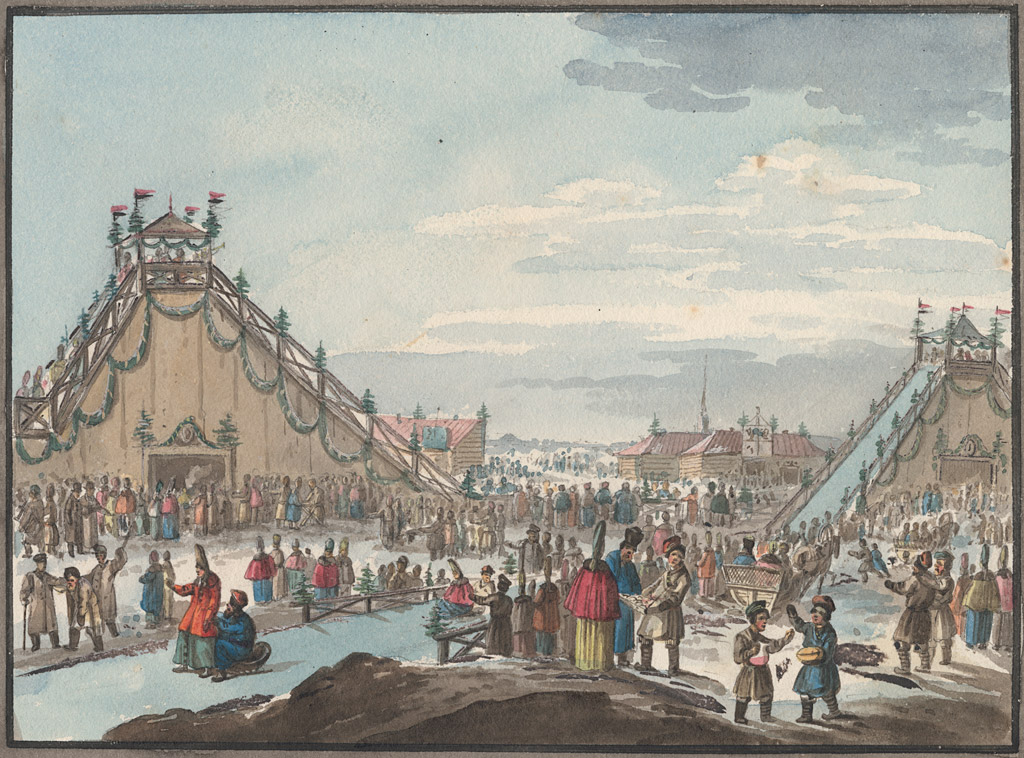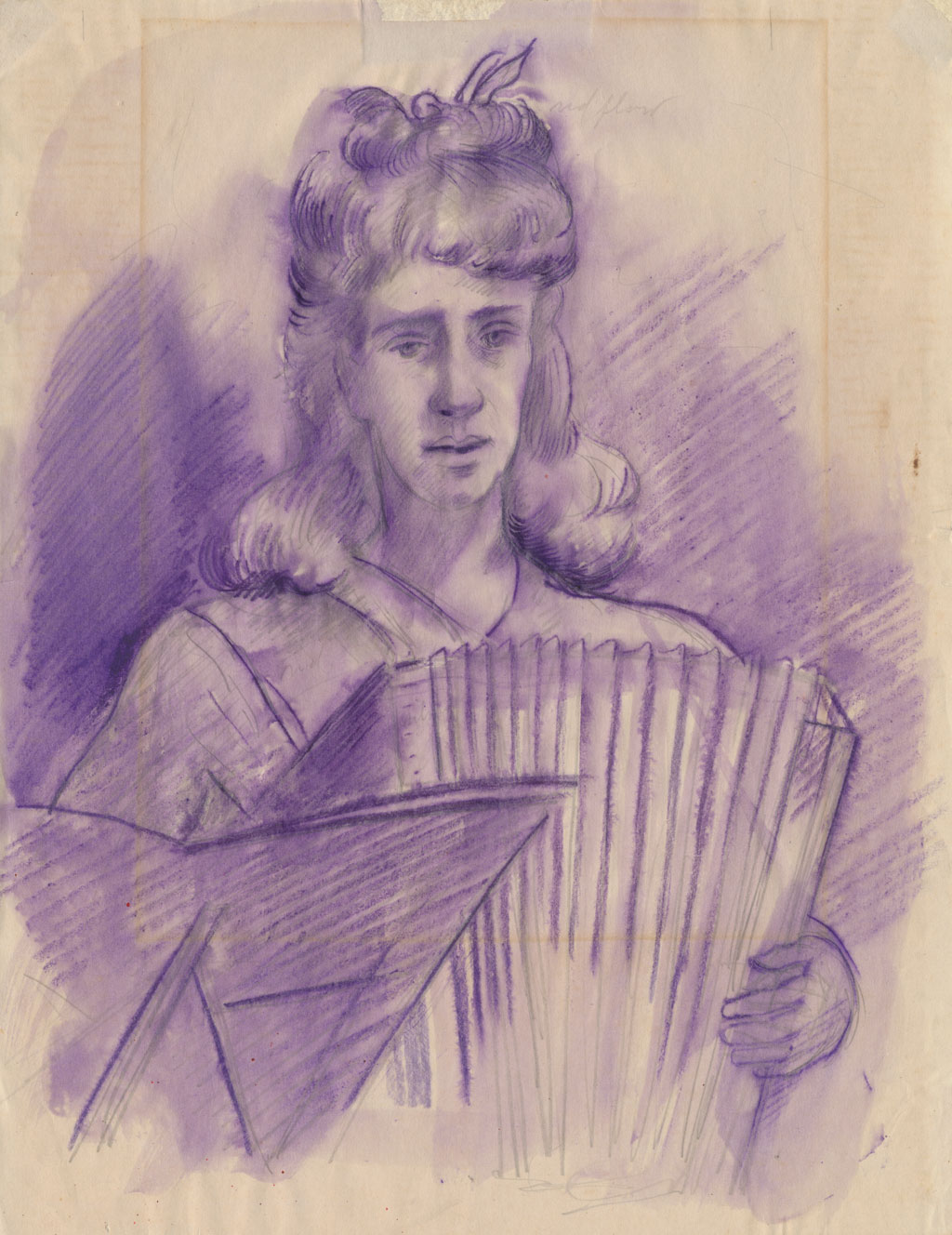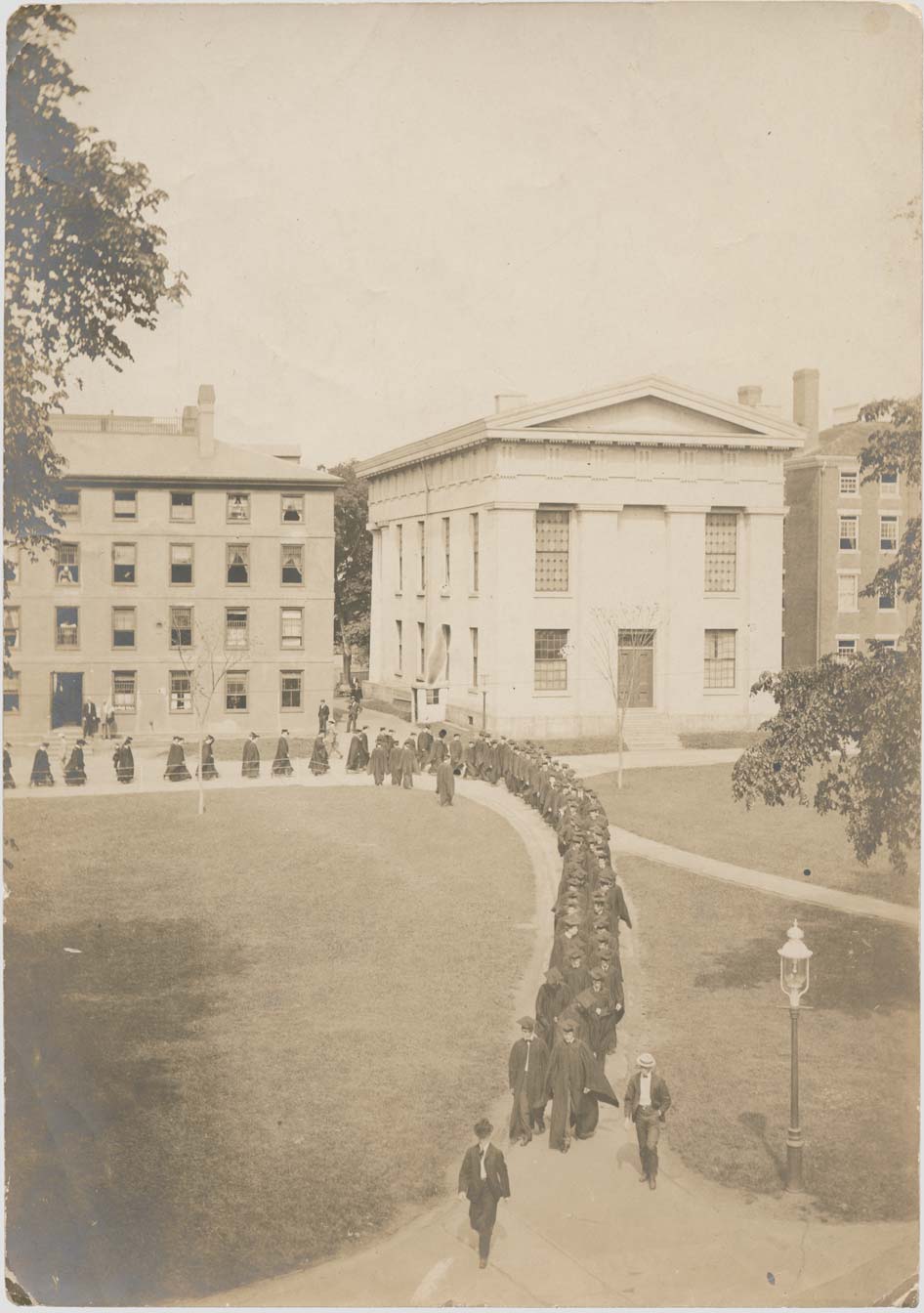Brown University Library’s Harris Collection of American Poetry and Plays, housed at the John Hay Library, contains a wealth of poetry-related ephemera. A promotional flyer from 1969 — designed to become a paper airplane glider — was recently acquired for the collection. The flyer advertised a February 5, 1969 reading at the Poetry Project at St. Mark’s Church (New York City) by Ted Berrigan (1934–1983; born in Providence, RI). As the previous owner of this item noted, the flyer itself was likely designed by Joe Brainard, who had collaborated with Berrigan in the past. (The original artwork resides in the Henry W. and Albert A. Berg Collection of English and American Literature at the New York Public Library.)
Since the flyer only becomes fully legible when folded, we decided to reconstruct the plane: our high-res. photos of the newly acquired printed copy, digitally processed to use as high-contrast line art, became a double-sided print ready for folding. Shown below is a view of one side of the flattened flyer, the reprinted flyer assembled as a paper airplane (underside view), and evidence of a successful test flight.

Flattened newly-acquired print

Preflight snapshot of folded reprint

Test flight
Last month a blue-and-black dress sparked a mass-scale debate about color theory. Even the New York Times and magazines like Wired eventually weighed in, explaining how color perception is contingent upon context and light sources.
In honor of the unexpected media attention to color theory, Curio features below a gray-and-black dress from c. 1866, reproduced from Fashion in Paris: the Various Phases of Feminine Taste and Aesthetics from 1797 to 1897 (New York: C. Scribner’s Sons, 1898) for the Library’s Paris: Capital of the 19th Century online project (the project’s items are also available via the Brown Digital Repository).
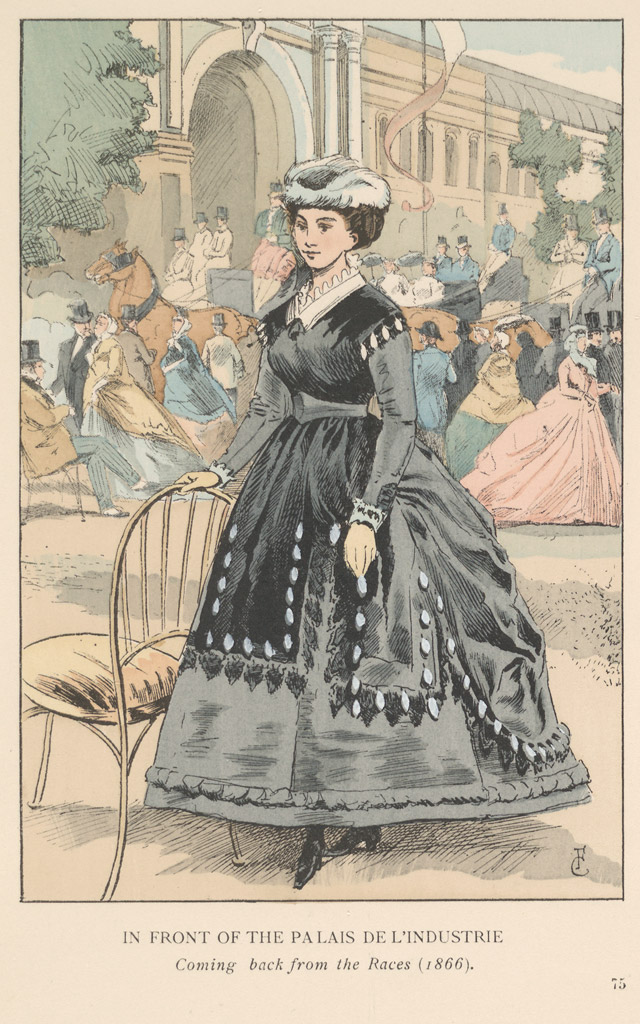
Page from Digital Production Services
This illustration was hand-colored for Uzanne’s book, and the tones used to represent the dress were not painted as scientifically neutral-gray hues. Traditional representational painters counsel “never use black paint” when rendering scenes, since in reality even black rarely visually appears as “pure” black, depending on the particular light sources illuminating an area. Scanning or digitally photographing hand-painted artwork often only exacerbates color uncertainty, if images are captured without a known neutral-gray or neutral-white reference point. For example, the same page illustration, scanned for Google Books’ digitized version of the volume, ends up looking even more blue-cast, at least in part due to the contrast-boosting post-processing applied to Google Books’ page images:
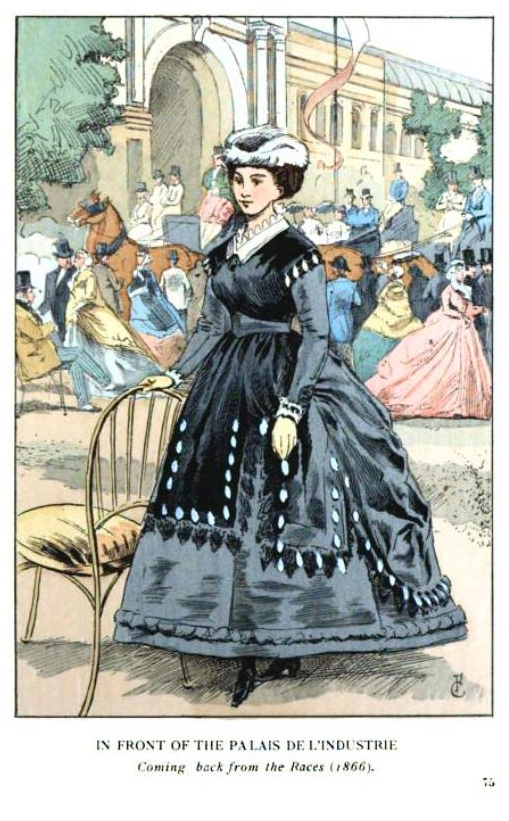
Page from Google Books
To test your color perception, try X-Rite and Pantone’s Online Color Challenge (taking the test on a calibrated and profiled monitor definitely helps). By chance, coinciding with the media frenzy about the black dress on Tumblr, the philosopher of perception and consciousness David Chalmers — who has written about color perception — was giving a series of Royce Lectures at Brown, February 24–27.
The Harris Broadsides collection in the John Hay Library contains many poetry ephemera (limited edition posters, broadsides of various sizes, letterpress printed cards). Below is Leonard N. Lawrence’s poem “O Syndia…” (c. 1905), printed in purple all-caps, which seems to have been typeset or stamped in haste. Additional circus-related artwork will be on view August 1, 2014 – February 22, 2015, at the Rhode Island School of Design Museum‘s new Circus exhibit.

“O Syndia O My Syndia Bane” (c. 1905)
Reproduced below is the broadside “Ode to the Mammoth Cheese…”, an 1802 nine-stanza poem presented to Thomas Jefferson (1743–1826) by Thomas Kennedy (1776–1832). The broadside was captured by Digital Production Services in 2008 at the request of a library patron. The poem states that “Cheese is the attendant of a New-Year’s day,” and is dated January 1, 1802.

“Ode to the Mammoth Cheese…” (1802)






